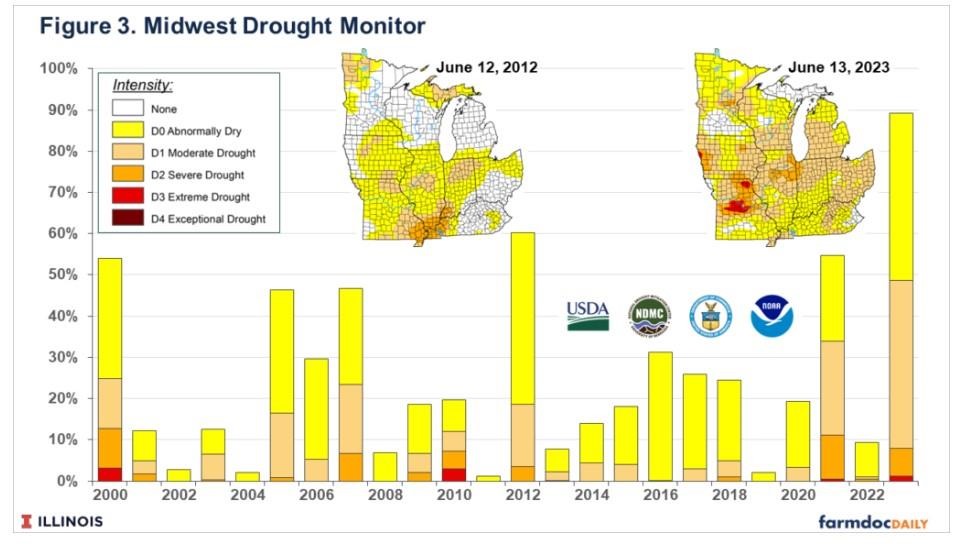In 2015 a member of the Maine Seaweed Council circulated a study showing that a type of seaweed could reduce emissions of methane, a potent greenhouse gas, from cows. The paper from Australia focused on a tropical red species, but it raised the question: Could a variety native to the northeast coast of the United States achieve the same feat for Maine’s dairy industry?
At the time, marine ecologist Nichole Price had just started the Center for Seafood Solutions at the Bigelow Laboratory for Ocean Sciences in East Boothbay, Maine. As director, she was engaging with trade groups, including the Maine Seaweed Council, and she was on the email list where the study was shared. Early work with fellow researchers Steve Archer and Dave Emerson at Bigelow demonstrated a proof of concept that allowed the team to generate competitive proposals. The resulting initiative, the Coast-Cow-Consumer Project, just received a $10-million U.S. Department of Agriculture grant to further research on algae-based feed supplements that could cut planet-warming emissions from cows while boosting milk production.
Price, who holds a research faculty appointment at Colby, is leading the five-year project, which kicked off last September and involves several institutions: Bigelow, Colby, Cornell Cooperative Extension, Clarkson University, Syracuse University, the University of Vermont, the University of New Hampshire, W.H. Miner Institute, and the Wolfe’s Neck Center for Agriculture and the Environment. The team from Colby also includes Herbert E. Wadsworth 1892 Professor of Economics Michael Donihue, Assistant Professor of Economics Jennifer Meredith, and Associate Professor of Environmental Studies Denise Bruesewitz.
Each year, Colby students will participate in the project via eight internships, four in the Economics Department during the school year and four at Bigelow in the summer focused on biology and ecology.
While the federally funded project is based in the Northeast and envisages utility nationwide, the problem is global. Cows exhale methane, a greenhouse gas that is about 30 times more potent than carbon dioxide, during digestion. In a cow’s rumen, one of the stomach’s compartments, microbes break down a store of partially digested food, a process known as enteric fermentation. Methane is the byproduct.

Cows at Wolfe’s Neck Center in Freeport, Maine. Wolfe’s Neck is an outreach dairy partner of Bigelow Laboratory for Ocean Sciences as part of the Coast-Cow-Consumer Project.
More than 14 percent of the world’s greenhouse gas pollution comes from farm animals; cattle account for more than half of these emissions, mainly through their burps. The dairy industry has been working for decades to make cows more productive with a lower environmental impact through a combination of selective breeding and feed adjustments, according to Price.
“But it’s only very recently that people have started thinking about additives to further change that fermentation process in the gut and reduce those methane emissions using natural feed supplements,” she said.
Compounds within algae, which include seaweeds, have been shown to disrupt the activity of gut microbes that produce methane in cattle. The energy that would otherwise go into producing methane could be directed toward producing more milk or meat. Finding the right native algae species could help diversify Maine’s marine economy while improving the sustainability and output of its dairy industry.
“Why not seek regional solutions to address these problems? That’s our philosophy,” Price said.
But an algal feed supplement must satisfy a long list of non-negotiable requirements. In addition to being safe and affordable, it must be effective at both decreasing methane and increasing dairy output. And it has to be fast-growing, because we’ll need a lot of it. Replacing just 2 percent of the feed for all cows in the U.S. alone would take 13 million metric tons of algae a year—more than twice the amount harvested worldwide today.
Besides serving as a sort of Gas-X for cows, algae contain important nutritional minerals that farmers currently need to import from other countries as supplements. Before the algae become food, it cleans the water in which it grows, filtering out and capturing nitrogen from fertilizer runoff into waterways. This nitrogen content could eventually make manure that’s better for use as fertilizer or fuel for an anaerobic digester.
“This is an exciting opportunity for a potential circular economy of carbon, of nitrogen, and of revenue for rural states,” Price said.

Research Assistant Gabriella Iacono conducts tests on feed samples at Bigelow Laboratory. (Photo by Jasper Lowe)
In the first year of the grant, researchers will conduct laboratory analyses to find the right algae candidates in a field of about a dozen types of seaweed and more than 3,000 microalgae in the Bigelow repository. From there, research will move to simulated digestion in batch and continuous fermenters that mimic a cow’s biology, and then to animal trials. To test a supplement’s potential effectiveness on a farm, scientists will use a specialized feed system outfitted with a hood to measure emissions from the cows multiple times per day as they eat.
Price has spent her career exploring how marine life such as seaweeds capture and store carbon and potentially mitigate ocean acidification. Last year, she was recognized with a Visionary Award from the Gulf of Maine Council on the Marine Environment, which noted in its award citation that Price “has expanded our understanding about complex environmental challenges and advanced innovative solutions for sustainable seafood in the Gulf of Maine.”
She never envisioned that her research would lead to work with cows. But algae have increasingly diverse prospects in the global economy, from food products for both animals and humans to fuel and fertilizer.
Source : colby.edu